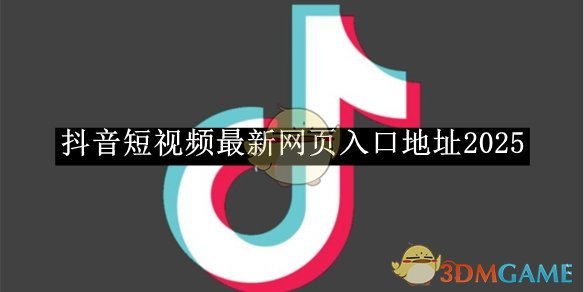TinyOS和NesC资料
时间:2008-03-22 来源:zcwuwei
TinyOS和NesC资料
一些关于TinyOS和NesC的资料,因为经常有朋友问,所以就贴在这吧,有些事可以下载的文档,有些是链接,中文相关的就不提供。
NesC语言相关:
The nesC Language_ A Holistic Approach to Networked Embedded Systems(PDF)
nesC Language Reference Manual(PDF)
NCC Manual Page
nesC Source Documentation
nesC的PPT资料
TinyOS相关:
TinyOS编程经典资料:tinyos-programming(PDF)
TinyOS FAQ
tinyos hardware page
TinyOS网上教程
Lesson 1: An Introduction to TinyOS Lesson 1 introduces the major concepts required to program TinyOS applications. These include a description of components, interfaces, commands, and events. The TinyOS programming model is explained. The role of each of the different file types is detailed. Lesson 2: Event-driven Sensor Acquisition The TinyOS platform provides primitives to obtain sensing data from tiny networked devices. This lesson details how to build a simple sensing application that records the light exposure on a photo diode. Lesson 3: Introducing Tasks for Application Data Processing The roles of both tasks and events are described. This lesson illustrates the use of tasks to process data from the sense application in lesson 2 and events to receive the sensor data and pass it on to the background running task. Lesson 4: Composing Components to Send and Receive Messages Lesson 4 introduces basic abstraction to send integers via the RFM radio stack. A counter application is built that sends the current value of the counter over the RF radio. Lesson 5: Using the TOSSIM Simulator to Develop TinyOS Components TOSSIM is the TinyOS simulator. Learn how to build, debug, and run components using TOSSIM. Lesson 6: Displaying Data on a PC In order to utilize the data from the tiny networked sensors, we must be able to analyze it on the host computer. This lesson provides an example application that graphs the light readings from the sensors over time. Lesson 7: Broadcasting Packets Lesson 7 has three components:- It shows how to inject packets from a host environment.
- This is used to drive a simple message-based command interpreter. A general abstraction is used for sending arbitrary packets over the RFM radio stack.
- A multihop broadcast application is built that floods the network with a task to be performed.
Technorati Tags: NesC,TinyOS,下载,链接
相关阅读 更多 +
排行榜 更多 +










